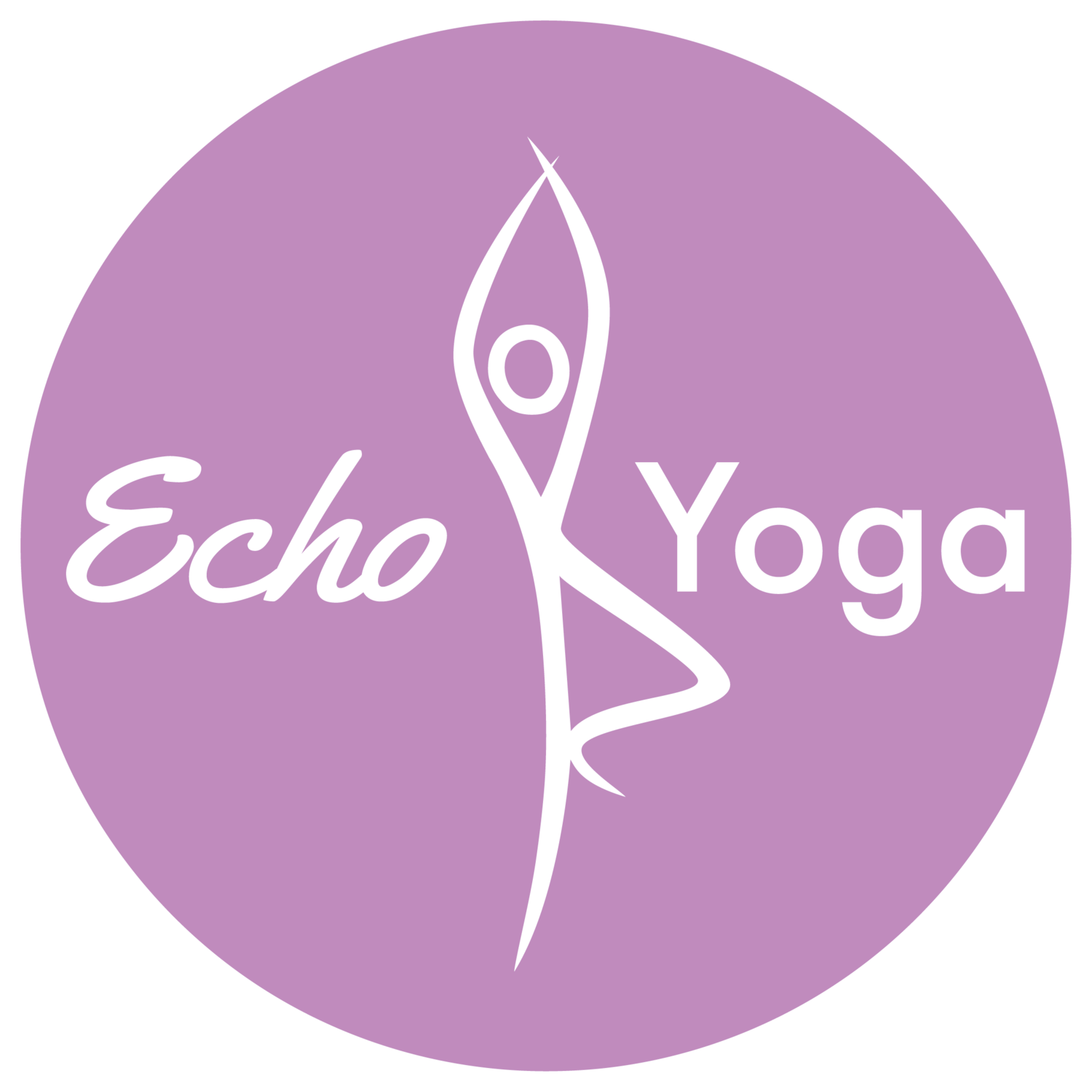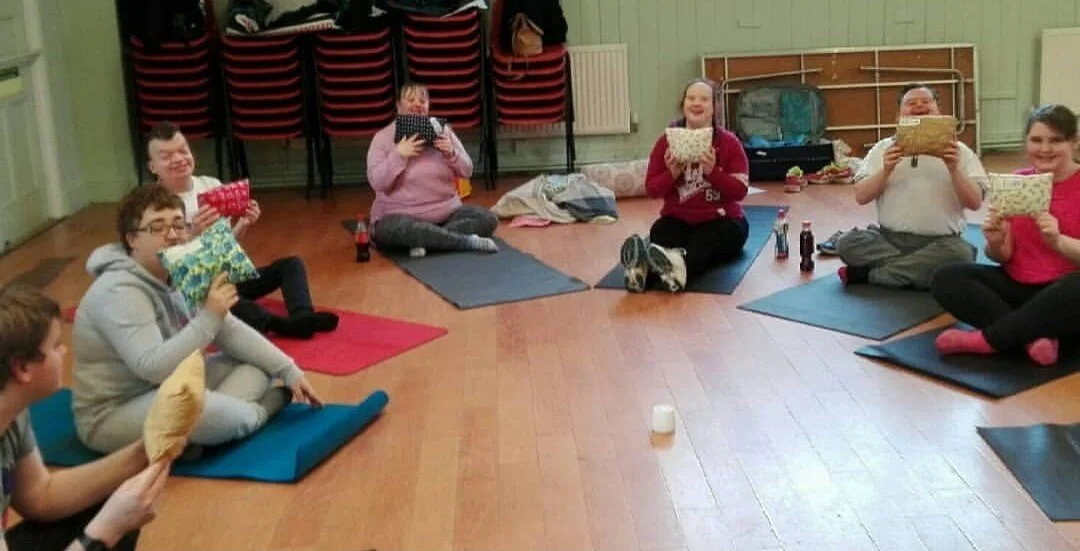Relaxation in yoga for adults with learning disability
Relaxation during yoga class is the favourite part of the class for everyone including adults with learning disabilities. Even those who are highly anxious or tense respond well to shavasana and deep relaxation. Often to the surprise of the support worker team.
Adults with learning disabilities don't often get the opportunity to participate in a structured relaxation. They experience anxiety and stress just like the general population and maybe experienced as part of their learning disability. Respite care is often part of their life and sometimes this change can increase anxiety and disturb their sleeping pattern.
When a group member falls asleep during shavasana and become difficult to rouse it isn't unusual for a support worker to explain that person is in respite, has high stress levels at home or experiencing a change in their routine. This restful time is very much needed by the person concerned.
My groups of adults with a learning disability love relaxation. I make them feel special by using pillows, blankets, bolsters and lavender eye pillows. This group are delighted to show you their personalised cushions made by their sewing group.
Many lie in shavasana in corpse pose (on the back) but some prefer to be on their side or in supportive child's pose lying over a bolster. Lying on your back is a very open pose which some people may find quite stressful, lying on your side in a fetal position or supported over a bolster is a more closed position. It's about personal preference and finding the best position for enjoying relaxation.
Guided breathe work (pranayama) helps to focus the group and settle into relaxation. Allowing time to adjust position before talking through a guided meditation or yoga nidra. People will make some movements, break wind ( commonly occurs) cough, fall asleep and even snore. Group members often make comment about snorers and those who break wind! As the teacher I bring them back to silence and time to focus on themselves and relaxing.
Sometimes we use gentle piano music via and app or enjoy the silence. It's tailoring to the group's wishes to ensure they enjoy relaxation and feel safe with you as the teacher to allow themselves to relax fully. You can notice when the body is fully relaxed, deeper breathing, no movement ( apart from the breathe!) and a relaxed body.
Ending shavasana can be a challenge as some people are deep asleep. Snoring can be genuine or pretence and gentle use of Tibetan bells I have found helps to refocus the majority of the group with a gentle rousing. However some group members like their own personal sound so I'm often going around the group with my Tibetan bells. It all adds to the fun if yoga.
Relaxation during yoga class for adults with learning disabilities is their favourite part. They love having the opportunity to relax during shavasana and having time to be calm and still. It's amazing to see the changes to the group as they relax and enjoy the silence.
relaxation after yoga practice using the wall to assist.



